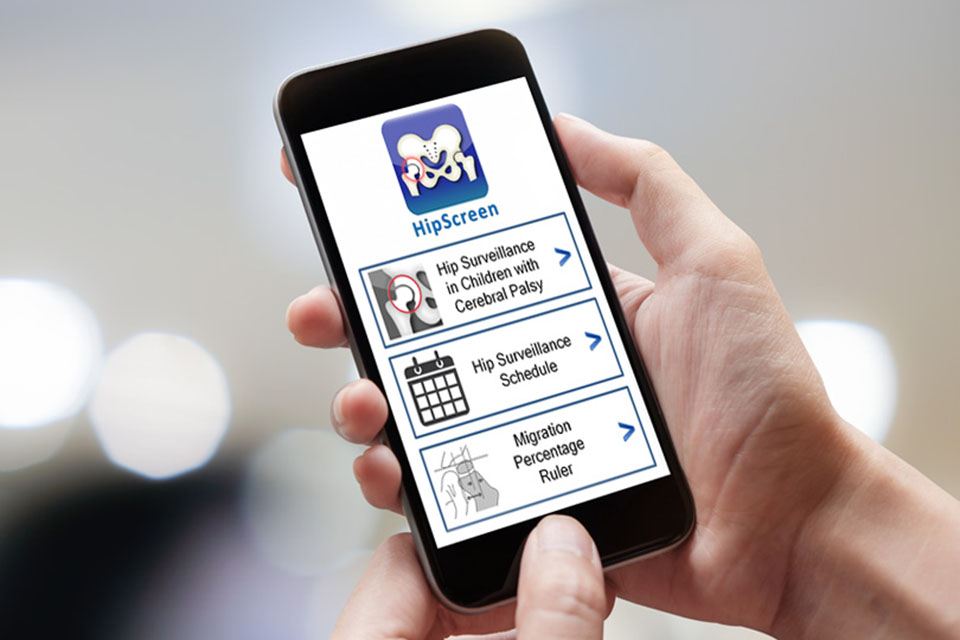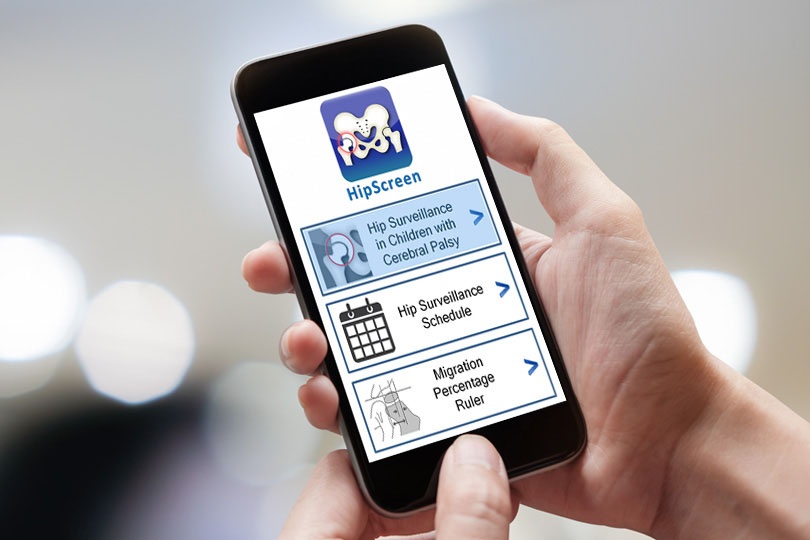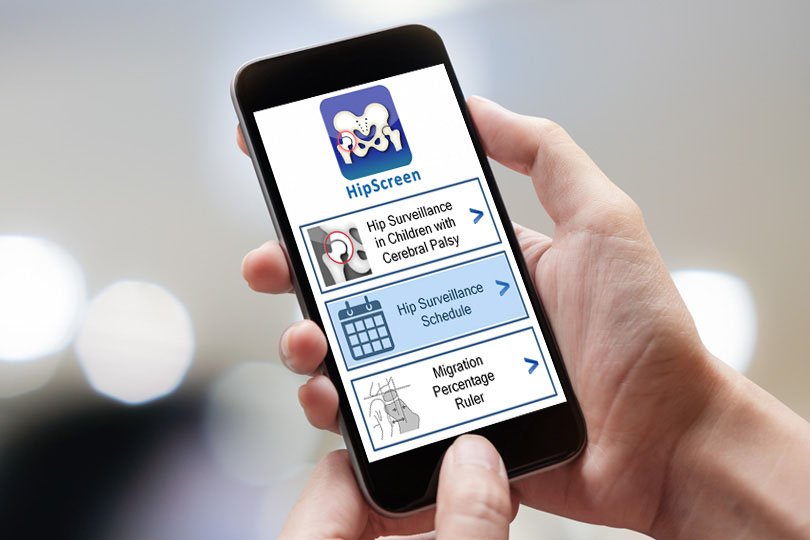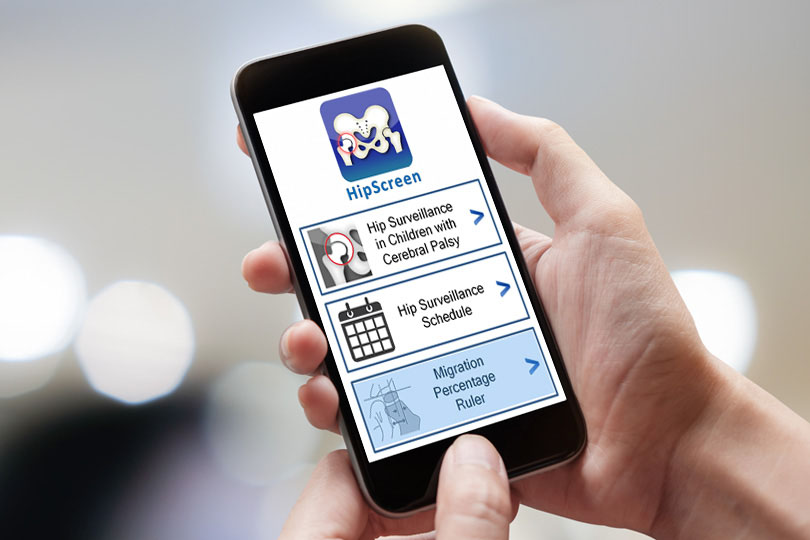The HipScreen App is being provided by the developers and Shriners Hospitals for Children (SHC) as a public service. The information was compiled from a variety of sources, including peer reviewed studies in other countries. This educational information is for use at the discretion and judgment of the individual user. All treatment decisions made based on this information are within the sole judgment and responsibility of the user exercising independent judgment in this area. The developers of the HipScreen App and SHC make no warranties regarding this material, and are not liable for its use or content. We do not warrant or represent that the medical information on the HipScreen App will be constantly available, or available at all; or that it is true, accurate, complete, current or non-misleading.
You must not rely on the information from the HipScreen App as an alternative to medical advice from your doctor or other professional healthcare provider. If you have any specific questions about any medical matter, you should consult your or your family member’s doctor or other professional healthcare provider. If you think you or your family member may be suffering from any medical condition, you should seek immediate medical attention. You should never delay seeking medical advice, disregard medical advice, or discontinue medical treatment because of information contained in this App or on any accompanying website.
The HipScreen App accesses the camera feature of your mobile phone. Use of this feature is under the sole discretion of you, the user, and you should comply with the personal health information and privacy laws of your institution, state, and country. The HipScreen App does not explicitly collect or store personal information on your device. The developers of the HipScreen App and SHC strongly encourage you to not photograph personally identifiable information on your device.
Any assistance you may receive using the HipScreen App’s interactive features does not constitute specific advice and accordingly should not be relied upon without further independent confirmation.
Images of the Group IV Hemiplegic Gait pattern and Radiological Positioning are copyright of Vedant Kulkarni, MD and Steve Dana. Images of the Gross Motor Function Classification System (GMFCS) levels are reproduced with permission from H. Kerr Graham, MD.





